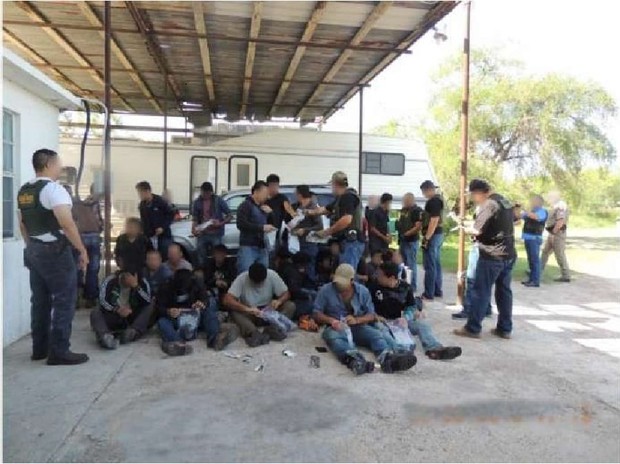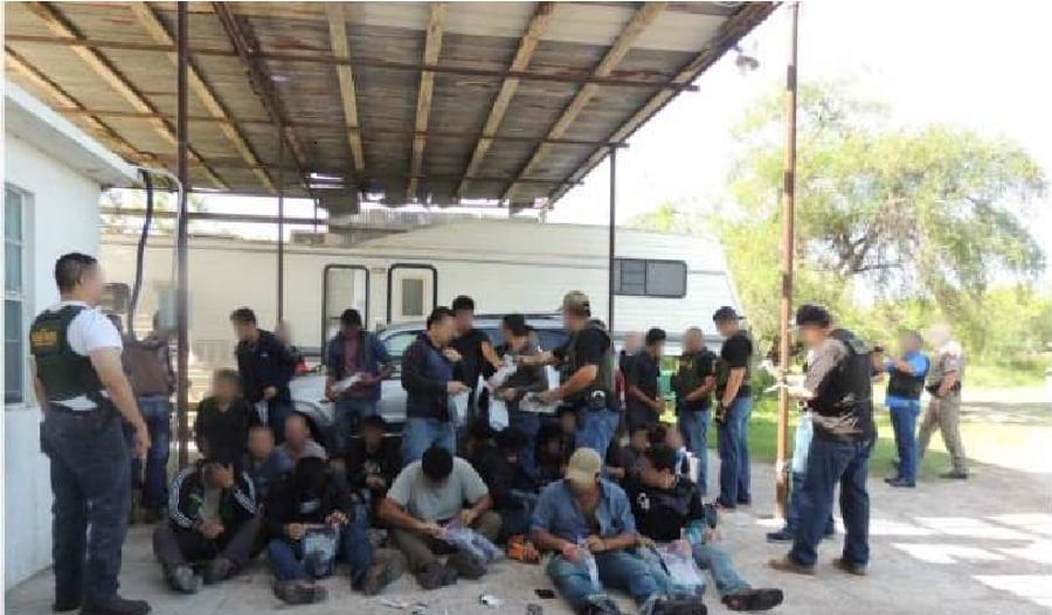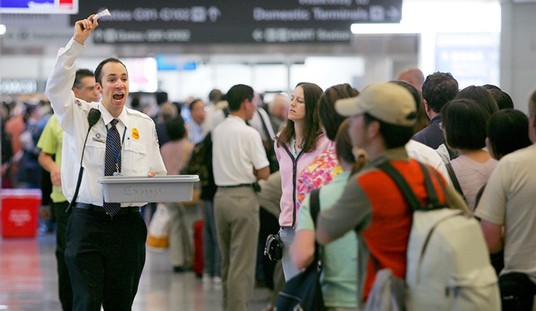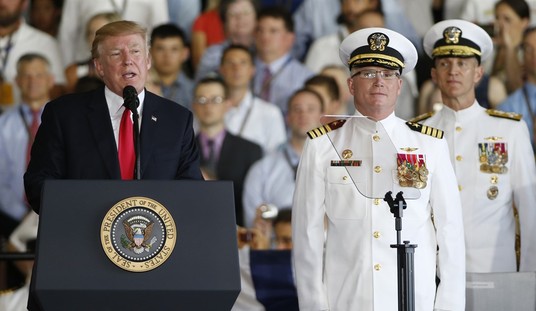
Public domain image via CBP Flickr photostream
As I posted on Friday, the Trump Administration is in the midst of a five-alarm fire on the Mexican border. This month the number of illegals detained increased by some 200% over March 2017. As reducing illegal immigration is one of the administration’s signature programs, this is a political crisis.
Trump responded by ordering National Guard troops to the border, the number seems to be around 4,000 and they apparently all hail from the states in which they are being deployed. Jeff Sessions ordered US attorneys to prosecute detained illegals for illegal entry into the United States.
Friday, Trump added something extra to the mix.
President Trump issued a memorandum on Friday directing his administration to move quickly to bring an end to “catch and release,” the practice by which immigrants presenting themselves at the border without authorization are released from detention while waiting for their cases to be processed.
The directive does not, on its own, toughen immigration policy or take concrete steps to do so; it merely directs officials to report to the president about steps they are taking to “expeditiously end ‘catch and release’ practices.” But it is a symbolic move by Mr. Trump to use his executive action to solve a problem that he has bitterly complained Congress will not.
And there is a twist to this:
As part of the memo, Trump asked Defense Secretary Jim Mattis to produce a list of military facilities that could be used to detain illegal immigrants.
This last step is the next logical escalation in trying to gain control of the southern border. So long as there is exactly zero penalty for getting caught, which is the case today, there is no deterrent effect. In fact, it becomes sort of a big game of hide-and-seek.
Using surplus space at active and inactive military installations for immigrant detention is hardly a new idea. During the Mariel boat-lift crisis, Cuban refugees ended up in places as diverse as Fort Polk, LA and Fort Indiantown Gap, PA.
This isn’t the first time the administration has tried to end the catch-and-release program and found it difficult to come up with a viable alternative. Where I think the New York Times gets the story wrong is in saying the order is “symbolic.” The fact is the Border Patrol and ICE agents hate “catch-and-release.” Their union hates it, too. So if there isn’t any visible movement on ending it, the White House is going to read about it and there is no way any cabinet secretary wants to read about their shortcomings in one of Trump’s morning tweet-storms. People do those things the boss emphasizes.













Join the conversation as a VIP Member